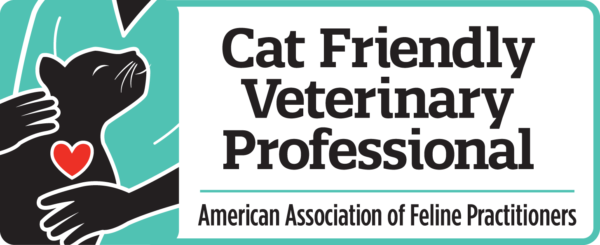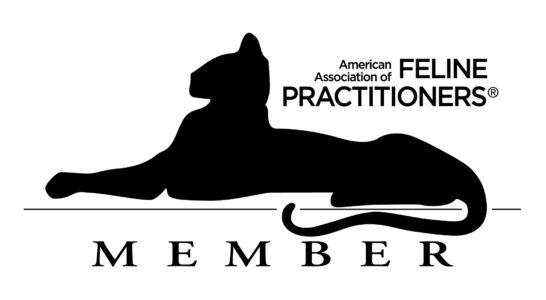The domestication of the cat has increased its need for communication and signaling. The domestic cat is no longer an exclusively solitary species as it now lives close together with other animals and humans, benefits from cooperation, and needs to resolve conflict without physical confrontation. For the purpose of self-preservation cats perform a number of species-specific behaviors that can contribute to behavior challenges in the home environment. Their predatory behavior can present as play and aggression concerns, feline elimination preferences can present in litter box and marking challenges, and their superior senses can become overwhelmed in our human world presenting problems owners have a hard time grasping and relating to. [Read more…] about Species Specific Behaviors and How They Present as Behavior Challenges in the Home: Part One
Blog
Do You Have A Tubby Tabby?
Have you made it your New Year’s resolution to help your favorite feline lose weight? Below are a few tips on how to make it a success! Of course, it is always best to check with your veterinarian before starting any diet program. Your vet may be able to recommend some special foods to you that can help accelerate the weight loss process and recommend that you bring your cat in for regular weight checks to monitor your progress. [Read more…] about Do You Have A Tubby Tabby?
Feline Arthritis: A Painful Condition That Can Contribute to Behavior Changes in Cats
Osteoarthritis is defined as inflammation of the joint lining and deterioration of the cartilage. Arthritis is a painful condition that should always be taken seriously. Almost all senior cats have some degree of arthritic changes. In fact, studies have shown that cats start developing microscopic arthritic changes around 10-12 years of age. Treatment for arthritis is most effective if started early before obvious signs of the condition occur. [Read more…] about Feline Arthritis: A Painful Condition That Can Contribute to Behavior Changes in Cats
Those Perplexing Feline Body Postures: what do they mean?
Clients often express to me that they think their cat does not like them, is ignoring them or is a snob. This prompts further questioning, “Why do you think your cat doesn’t like you, I ask?” The most common reply is, “he sits with his back to me; he shuns me.” They are always surprised by my answer. “Your cat trusts you,” is my reply. Cats are constantly self- preserving, which means most of the time they really want to be sure that they are safe and “have their back”. A cat that is confident enough to sit in the middle of your living room with their back toward you feels comfortable in the home and is showing you that it is trusting of your presence. The exact opposite of how most humans interpret this behavior. [Read more…] about Those Perplexing Feline Body Postures: what do they mean?
Black Cats: Most Common, Least Desired
Black cats seem to be the most common coat color and sadly also the least desirable at adoption time. In fact, black cats are half as likely to find a home than a cat of another color. Why is this? Superstition? Are they perceived as plain? Some speculate that black pets do not photograph well and that makes them harder to place in good homes. I can tell you first hand that you can have a whole room full of cats at an adoption facility and if most or all of them are black cats people will often say, “Oh, you don’t really have many cats for adoption!” [Read more…] about Black Cats: Most Common, Least Desired
Eye, Stalk, Chase, Pounce, KILL!!!
Our cats may seem like pampered indoor housecats, but on the inside they are still fierce predators! The greatest thrill for a cat is what is referred to as the “completion of the sequence of the kill.” [Read more…] about Eye, Stalk, Chase, Pounce, KILL!!!






